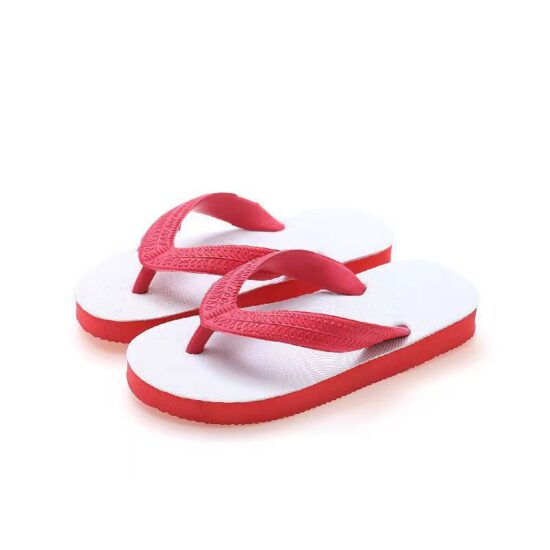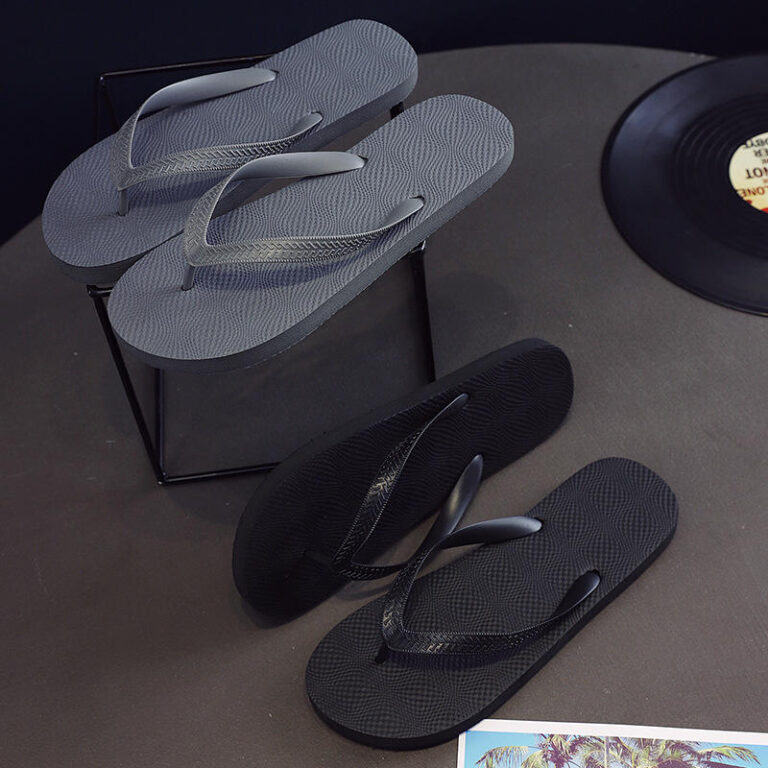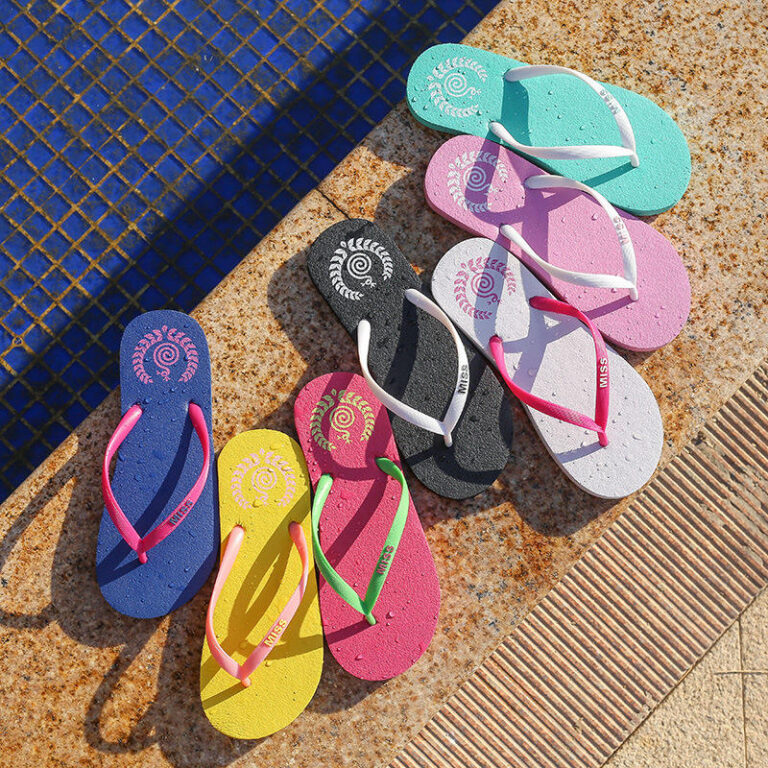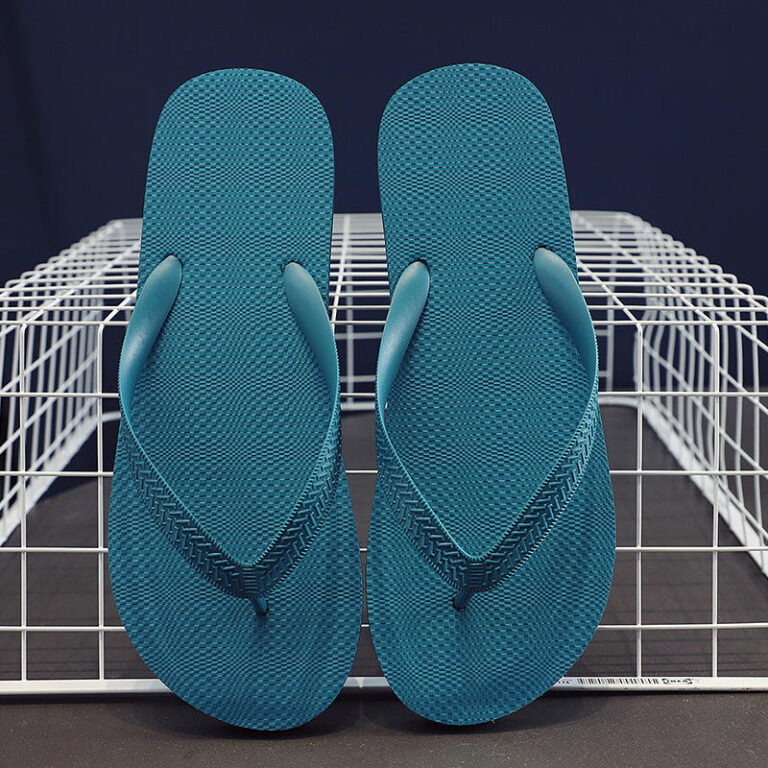jay@nbdho.com
Flip Flops Around the World: How Different Cultures Wear and Enjoy This Iconic Footwear
Introduction:
Flip flops are not just a summer staple in Western countries; they are worn around the globe in various forms and styles. From the streets of Tokyo to the beaches of Rio de Janeiro, flip flops have become a universal symbol of comfort and relaxation. In this post, we’ll take a look at how flip flops are worn and enjoyed in different cultures and regions worldwide.
The Origin of Flip Flops:
The history of flip flops dates back thousands of years, with early versions of this open-toe footwear being worn by ancient civilizations in Egypt and Japan. The design of flip flops is simple yet effective—allowing the foot to remain cool in hot climates while offering minimal protection. While the modern flip flop we know today is a result of mid-20th-century Western fashion trends, their roots in various cultures go much deeper.
Flip Flops in Brazil – A National Icon:
In Brazil, flip flops (called Havaianas) are not just footwear—they’re a cultural phenomenon. The brand Havaianas, which began as a humble rubber sandal in the 1960s, has become synonymous with Brazilian culture. Brazilians wear flip flops not only at the beach but also for casual everyday use. The colorful designs are part of the country’s vibrant culture, and flip flops are often considered an essential part of the national wardrobe, especially during the summer months.
Flip Flops in Japan – Traditional and Modern Styles:
In Japan, flip flops are known as zori or geta, and they have been worn for centuries. Traditional zori are made from rice straw or cloth and are worn with kimono. Modern flip flops in Japan are often designed with minimalistic aesthetics and are a staple during summer festivals or casual outings. Japanese flip flops tend to be more refined in design, and quality craftsmanship is a hallmark of their footwear culture.
Flip Flops in the United States – From Beach to Street:
In the U.S., flip flops have become the go-to footwear for beachgoers, pool parties, and casual streetwear. The flip flop or thong sandal became widely popular in the 1960s and 1970s, largely due to their association with the counterculture movement. Today, they are ubiquitous, seen on vacationers, surfers, and urban dwellers alike. The U.S. has embraced flip flops in many different forms, from basic rubber sandals to high-end designer flip flops made with premium materials like leather.
Flip Flops in Australia – Essential Beachwear:
Australia is another country where flip flops, or thongs, are an essential part of the wardrobe. Australian culture is closely tied to the beach lifestyle, and flip flops are often worn as a casual choice for everything from surf sessions to barbecues. Australian flip flops are often made from durable rubber and feature bold designs and patterns, making them an important part of the country’s laid-back, beach-loving culture.
Flip Flops in India – Comfortable and Affordable Footwear:
In India, flip flops are known as chappals and are an integral part of daily life. Chappals come in a variety of materials, from simple rubber versions to ones made from leather or wood. These sandals are worn by people of all ages, from children to adults, and are typically chosen for their comfort and affordability. Flip flops in India are often worn for everything from visiting temples to running errands, making them an everyday necessity.
Conclusion:
Flip flops are more than just a type of footwear—they are a global symbol of relaxation, practicality, and cultural heritage. Whether you’re in Brazil, Japan, or the United States, flip flops are an iconic part of daily life, offering comfort and style in a variety of forms. Embrace the diversity of flip flop styles and discover how this humble shoe has become a worldwide phenomenon.





